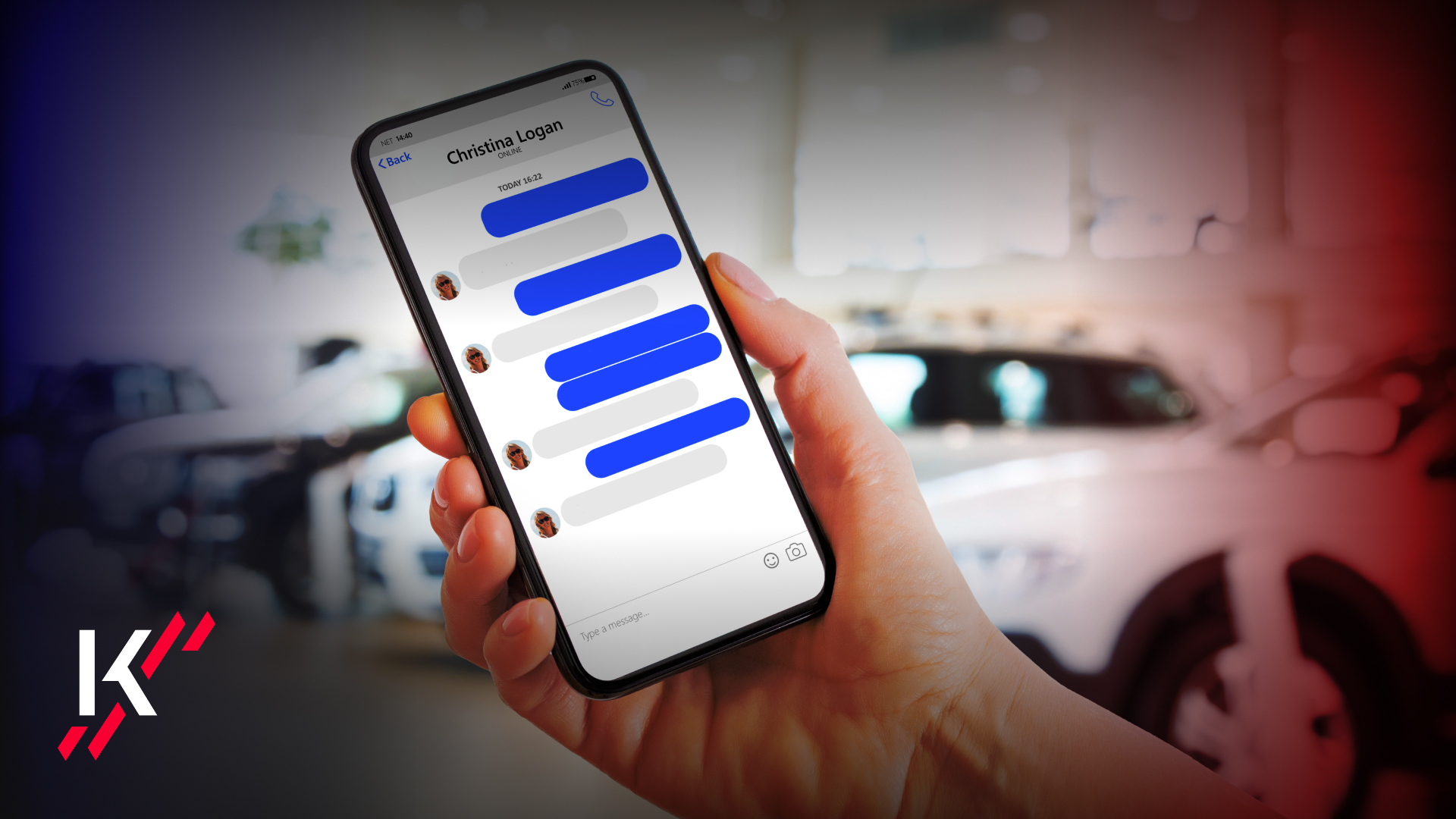by Brian Coleman – Chief Strategy Officer, MotorK
There’s something interesting happening in the world of digital retail, and car brands and dealers would do well to pay attention.
Amazon recently opened the first Amazon 4-Star store in New York City selling a variety of items that received (you guessed it) a 4-star rating or better on the e-commerce giant’s site. It’s the latest bricks-and-mortar initiative from Amazon, which has already opened 17 bookstores and has plans for more.
But Amazon isn’t alone. Casper Sleep, which started life as an e-seller of mattresses, is planning to open about 200 physical outlets in the next three years. Warby Parker, an eyewear e-giant, plans to open 100 outlets by the end of the year. A recent report by Green Street Advisors estimates that e-commerce companies in the US now operate more than 600 physical stores.
What’s going on here?
It would be easy to say that this proves that old fashioned physical retail is on the rebound and that fears of the death of the traditional car dealer are overblown. An article in Bloomberg Businessweek suggests that as the cost of digital advertising increases, and the price of prime commercial space declines, Amazon & Co. are turning to old-fashioned stores to attract new customers.
But there’s more to it than physical presence.
The e-commerce giants are leveraging their deep customer knowledge, gained from exhaustive analysis of online behaviour, and their innovative cultures to imagine new retail formats and reach more customers in different ways. Amazon, for example, is experimenting with AI-powered grocery outlets that can detect what’s in your shopping cart and automatically charge your Amazon account. Casper is reimagining what it means to test a mattress by offering private sleeping nooks where people can book a 45-minute nap.

But head over to the continent and online car sales remains more of a talking point than a reality. The challenges aren’t technical. All of the tools necessary to sell cars online have been in place for years.
The real challenge is the difficulty of managing the potential disruption that online sales might cause to existing sales networks. While this is understandable, the actions of brands like Amazon and Warby Parker show that there’s plenty of room for online to coexist with offline.
Automotive brands should take their cue from the e-commerce giants. Just as Amazon & Co. are experimenting in physical retail, car brands should do the same with their online activities. Rather than approach digital sales as all-or-nothing, brands and dealers can experiment with other ways of communicating with prospective customers and guiding them through the complex car-shopping process.
One obvious place to start would be to increase the ability for prospects to research and engage online. Online chat with a customer representative or an AI-enabled chatbot can prevent prospects from going to third-party sites to find answers to their questions. And the insights gained from those interactions can serve to improve customer experience both online and offline.
Another obvious activity to explore is finance and insurance. Tools to help shoppers understand the affordability of a car can dramatically improve a site’s conversion rate while increasing customer satisfaction. Similarly, trade-in valuation tools also boost sales conversion and are a relatively easy function to implement. The list of possible experiments is long: linking car configurators to existing stock, providing third-party product reviews, enabling real-time test drive booking, adding video demos, and so on.
The auto industry has one advantage over the digital retailers. It’s much easier, cheaper and faster to innovate online than it is with bricks and mortar.
Just as the e-commerce world is starting to get real about retail, it’s time for the automotive world to genuinely embrace digital innovation.








